Exploring Obama Port Town and its Mackerel Road
Sushi and sashimi are popular ways to eat fresh fish from all around Japan these days, but of course, that wasn't always the case. Before refrigeration and quick transportation, eating raw fish was much less widespread, and instead, preserved fish would be transported around Japan on long and winding trails.
An important historical example of those trails is the Saba Kaido, literally meaning "Mackerel Road." The Saba Kaido is a network of trails that connected Kyoto with Wakasa Bay and the Sea of Japan. Wakasa Bay is well-known for its mackerel (saba in Japanese), which would often be salted for preservation and carried across the trails to Kyoto, lending it the name, Saba Kaido.
In a two-day trip, I went to visit the starting point of the Saba Kaido in the city of Obama, Fukui Prefecture, to see what the area had to offer and to hike a small portion of the trail myself.
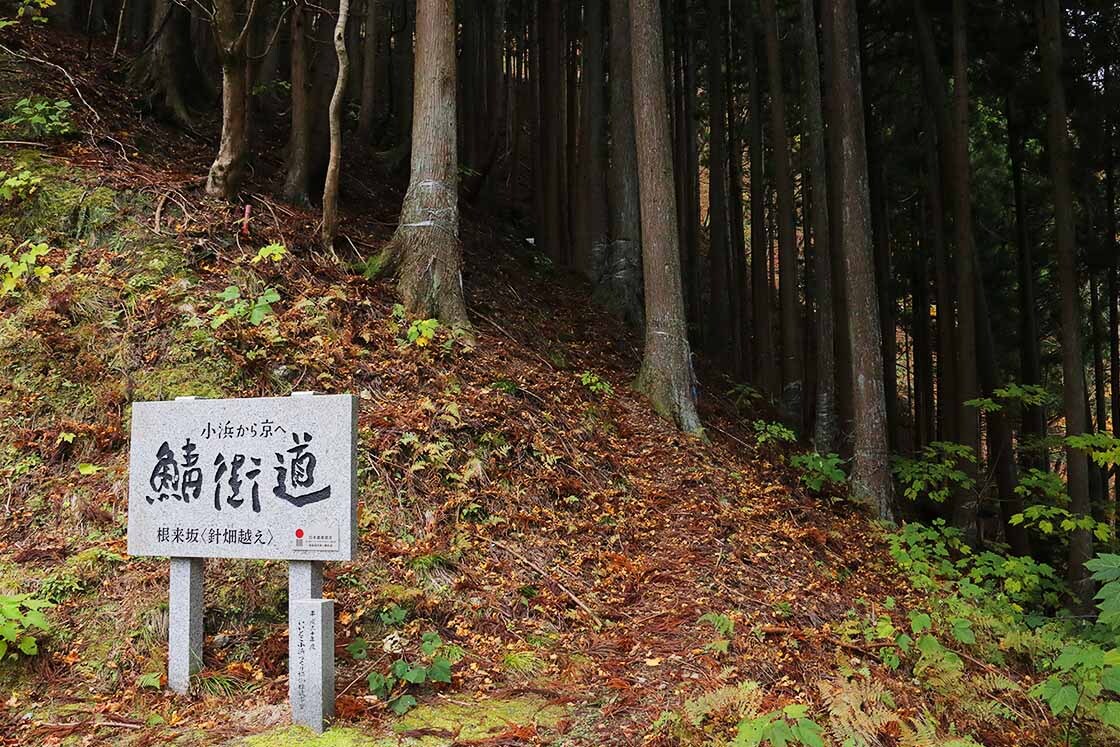
Day 1: Obama City
Not feeling like hiking the entire way from Kyoto, I traveled to Obama on the fastest route, by getting a train from Kyoto to Omi-Imazu Station, then a direct bus to Obama Station.
Once I reached Obama Station, I went straight to the tourist information center across the road to pick up the bike I had booked for rent. A bike is one of the best ways to explore central Obama, as everything is quite close together, so you can get around quickly without having to park at each new spot.
From there, the first place I wanted to visit was the official start point of the Saba Kaido. It may not look like much of a hiking trail now, but this was once an important connection point to the town where people would pick up seafood caught at the port and carry it on their backs across the mountains all the way to Kyoto. It wasn't limited to just seafood, either, as Obama would also import and export goods around Japan, connecting particularly the north with Kyoto.
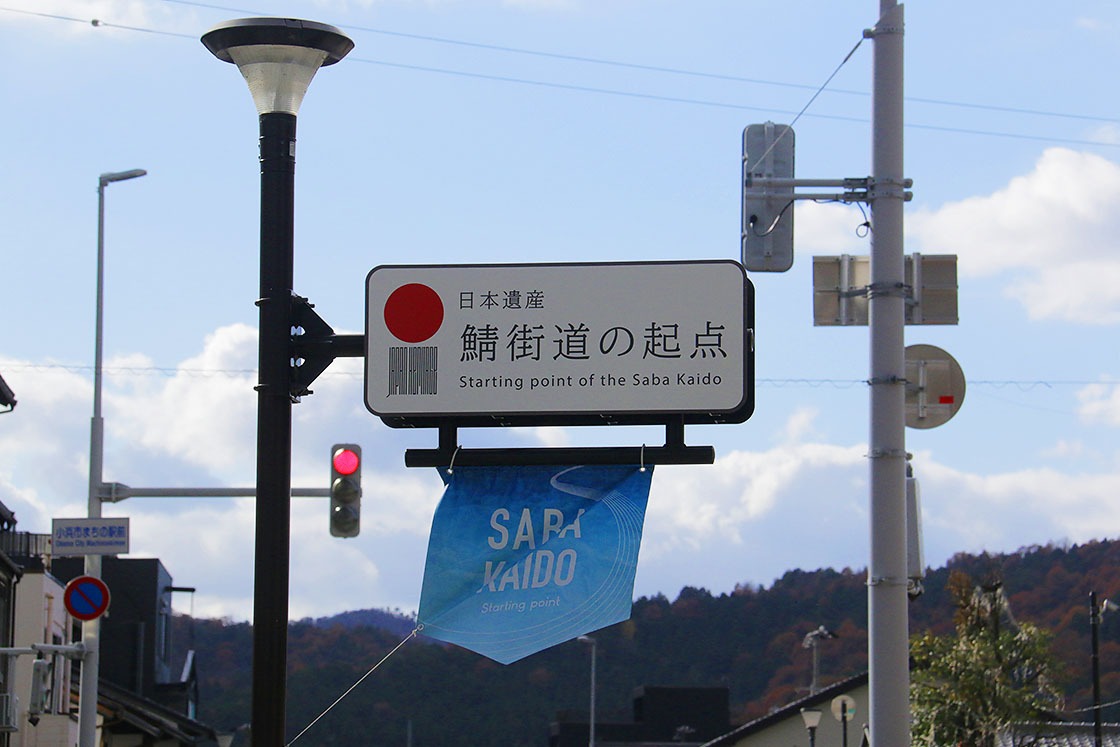
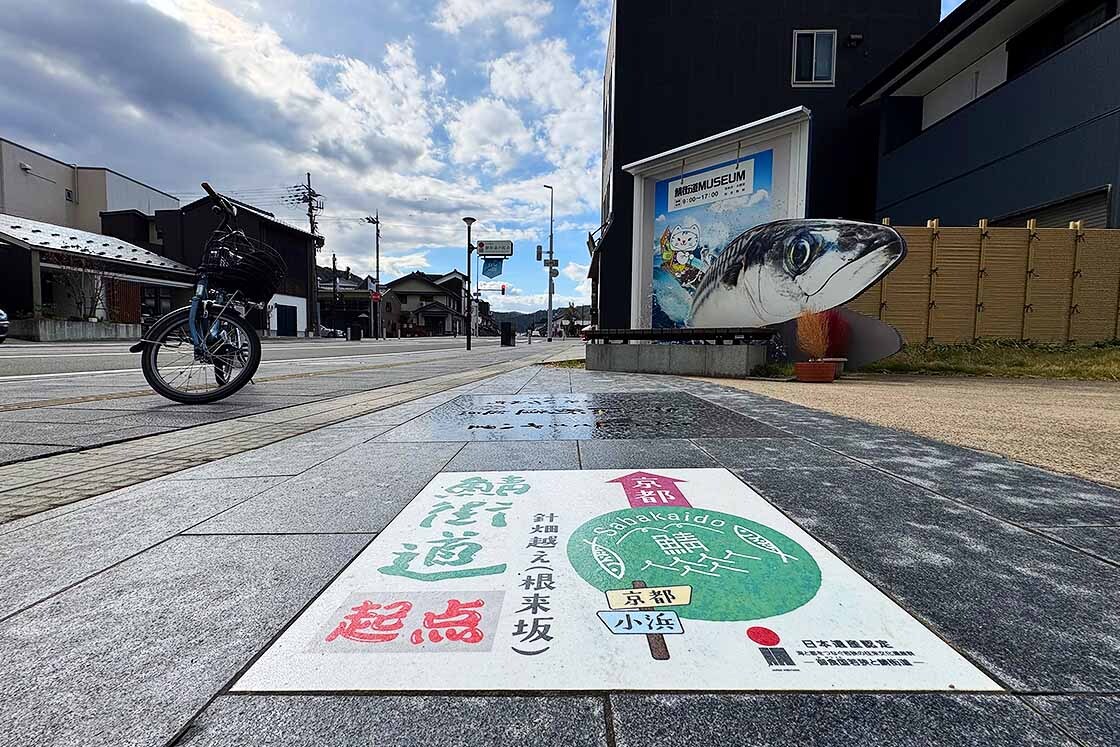
Wakasa was once called a "Food Province", or "Miketsukuni", and that was a name given only to select regions providing food to the former Imperial capital of Kyoto. For Kyoto, Obama was the closest port on the Sea of Japan, so it played a key role in providing the capital with seafood and other goods traded along the Sea of Japan. Thanks to its close connection with Kyoto, Obama thrived as a port town, and to this day retains much of its historic beauty.
To really understand that history, I went straight to the Miketsukuni Wakasa Obama Food Museum.
The museum has a variety of exhibits and explanations about different parts of local cuisine and Japanese food culture as a whole, as well as information about the Saba Kaido. Upstairs, there is also a gift shop, and an area where you can do different types of paid experiences, like cooking workshops, lacquer workshops and other workshops for traditional crafts.
What I found most interesting was learning about the evolution of sushi, and how the nearby area of Wakasa-Takahama is said to be the birthplace of the dish. It actually started not as fresh raw fish, but as something called narezushi, which was fermented to be preserved for a year or more. Thinking about merchants carrying fish to the capital, that makes a lot of sense.
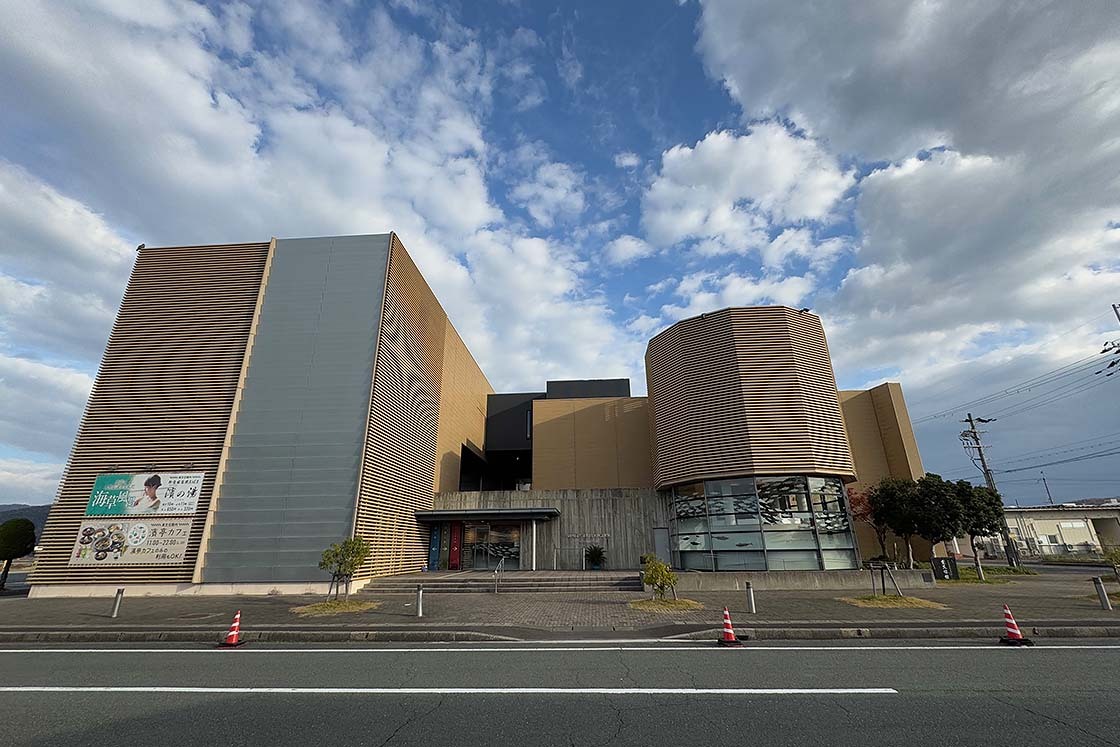
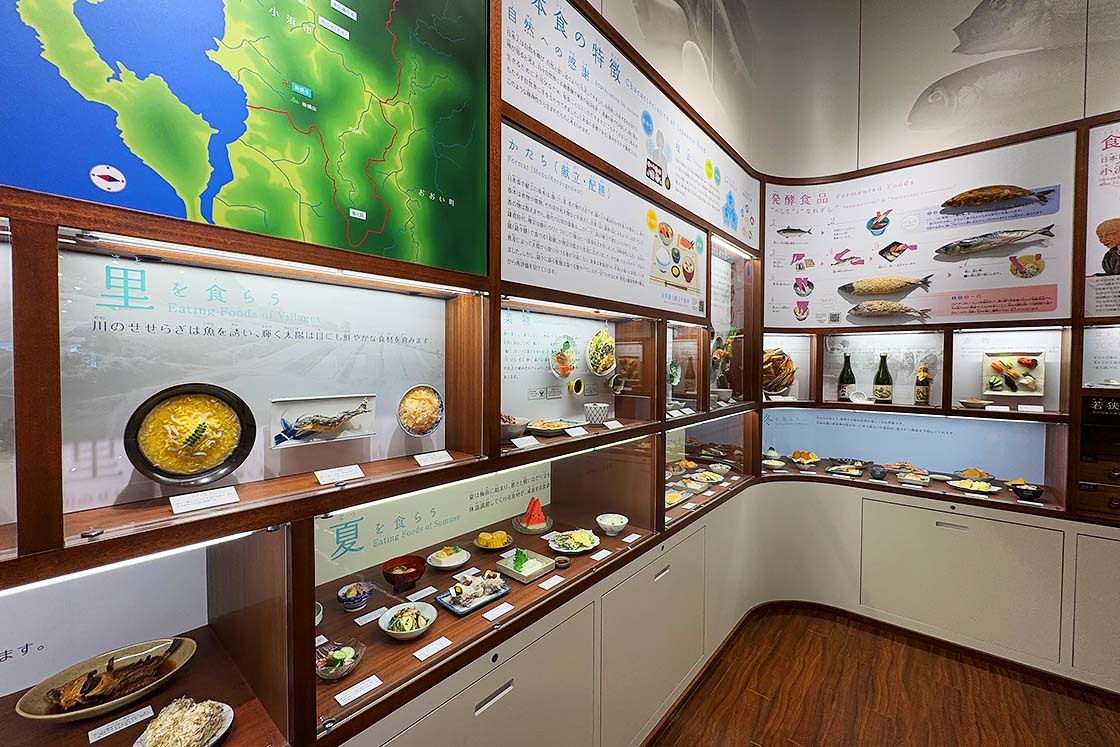
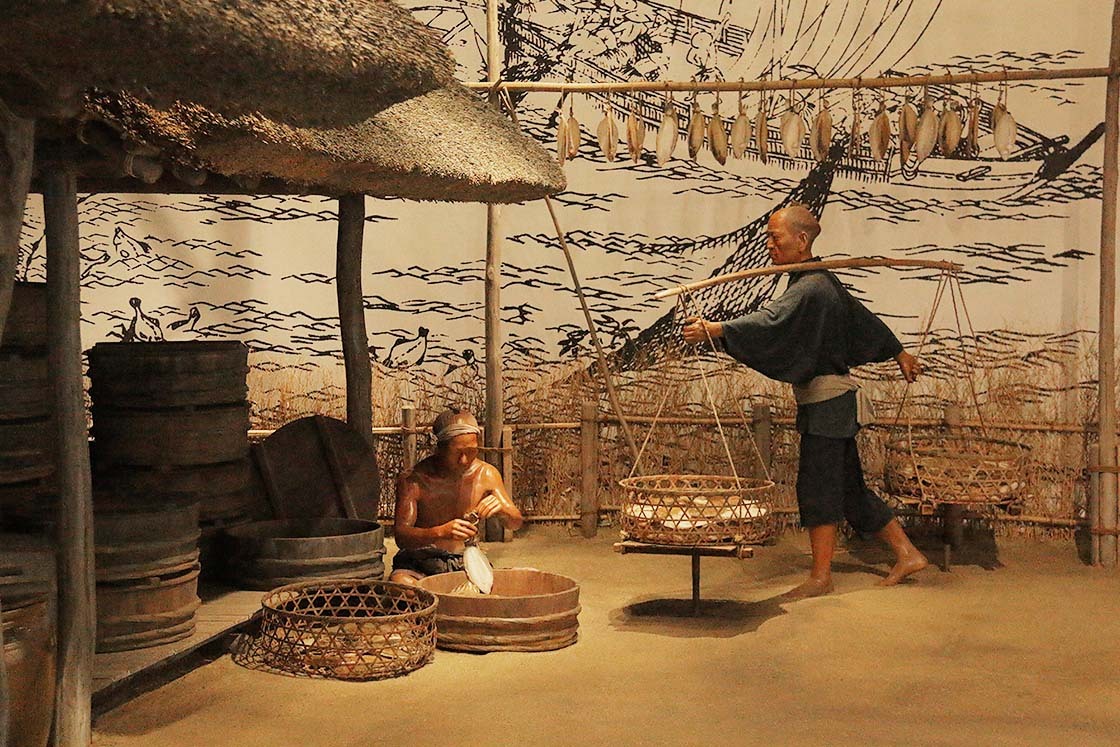
After learning about the importance of food culture and its transportation, I was more than ready for my first Obama meal! So I visited Hamanoshiki across the road for their "Obama Brand Kaisendon", which comes with seven different types of raw seafood on a bed of rice in one big bowl. Of course, this is the home of the Saba Kaido, so it comes with mackerel, which is served in a vinegared form here called shime-saba. The sashimi was fresh and delicious, and the shime-saba had a completely different texture to regular sashimi. It had a more meaty texture, and the vinegar flavor was a nice accent.
Just a short walk from the restaurant, there is also the fish auction site, where guests at Obama Machiya Stay and Wakasa Kajitsu can join a special early morning tour to see fishmongers bidding on the day's catches. Only industry professionals can bid on the fish, but you can watch the fascinating process from up close, right by the sea.
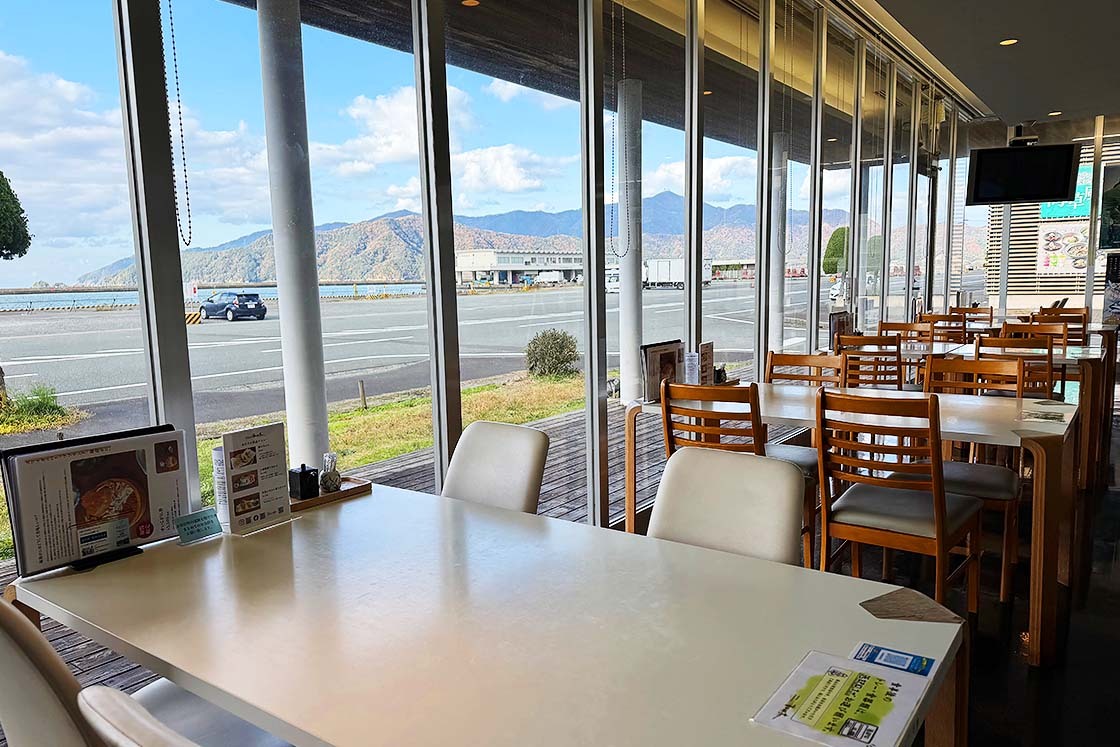
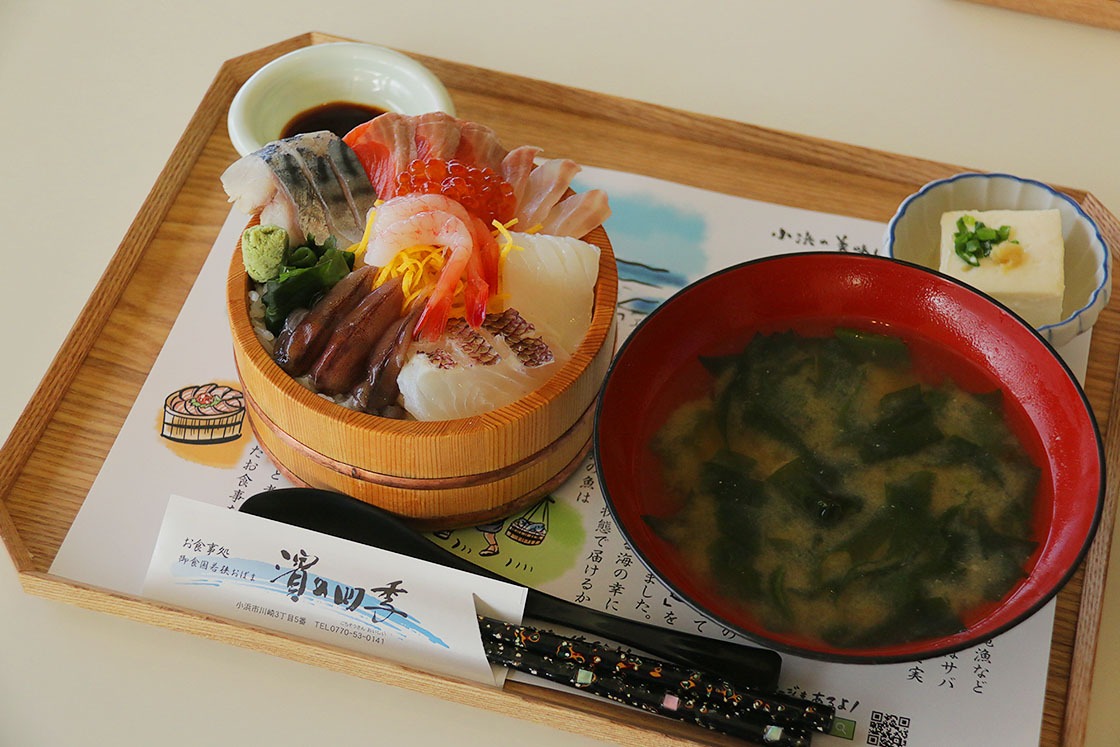
After my fill of seafood, I was interested to spend some more time immersing myself in the city's culture, so I cycled around 10-20 minutes to GOSHOEN. A 200-year-old former merchant's residence, GOSHOEN is now a comfortable, stylish space with a chopstick boutique, museum, coffee shop, and rest areas.
At the time it was built, the Kitamae-bune trade route connected Hokkaido with Osaka via the Sea of Japan coast and Seto Inland Sea, and the city of Obama would receive and ship goods between the capital and the north. The owner of GOSHOEN was one of the Kitamae-bune merchants, and in 1815 he created the building to entertain the lord of the Obama domain and other distinguished guests.
You can still see many elements of that history around GOSHOEN, such as in the beautiful traditional decorations, or the wooden structure itself. The building is designated as a Prefectural Designated Cultural Property.
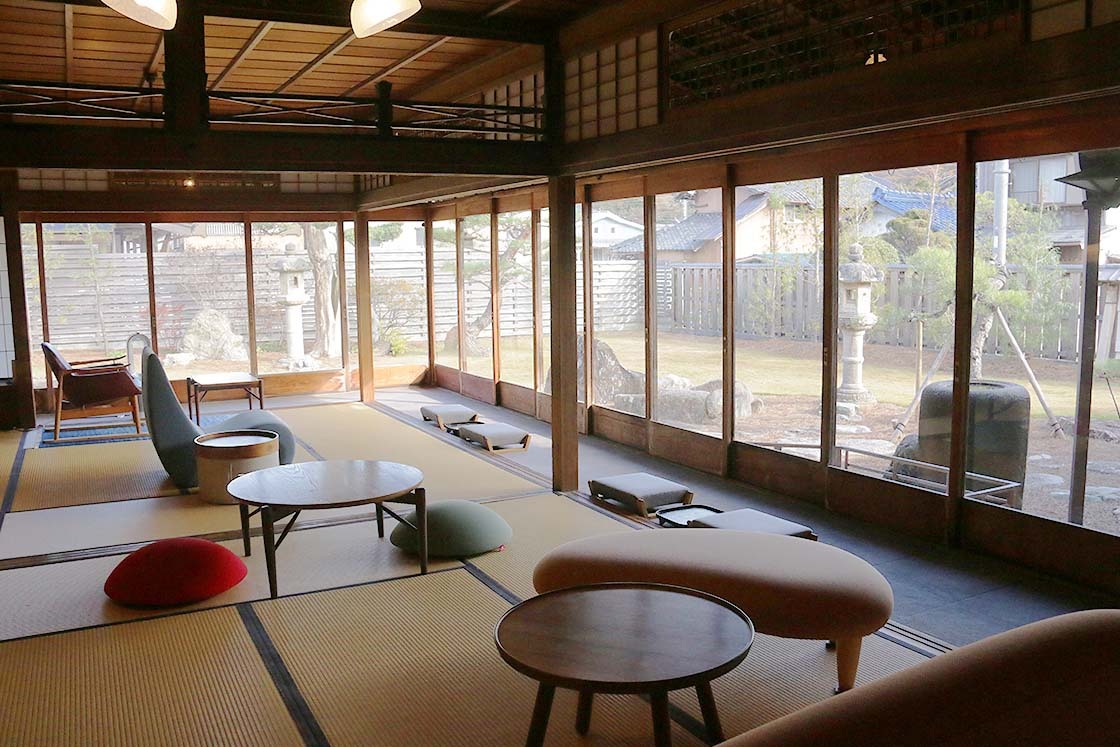

Inside, there is the main store of one of Obama's historic chopstick makers, Matsukan. There you can find both traditional and modern styles of beautiful chopsticks to take home.
The coffee shop has a variety of standard drinks and cakes, as well as some seasonal items. While I was tempted by the chai latte, when I heard that the matcha latte had latte art, I had to get it. I was not disappointed, as the barista used a proper matcha set to whisk the matcha, then quickly but carefully created a beautiful design with foamed milk, topped with gold leaf. I had never seen a more beautiful matcha latte in my life!
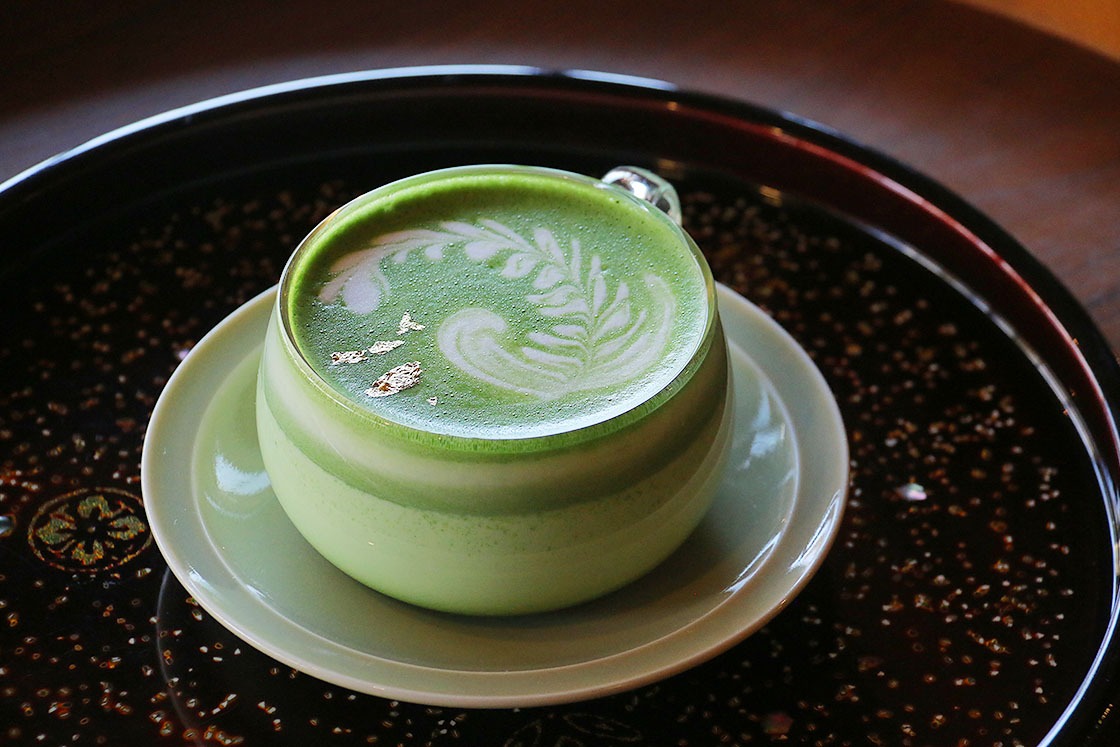
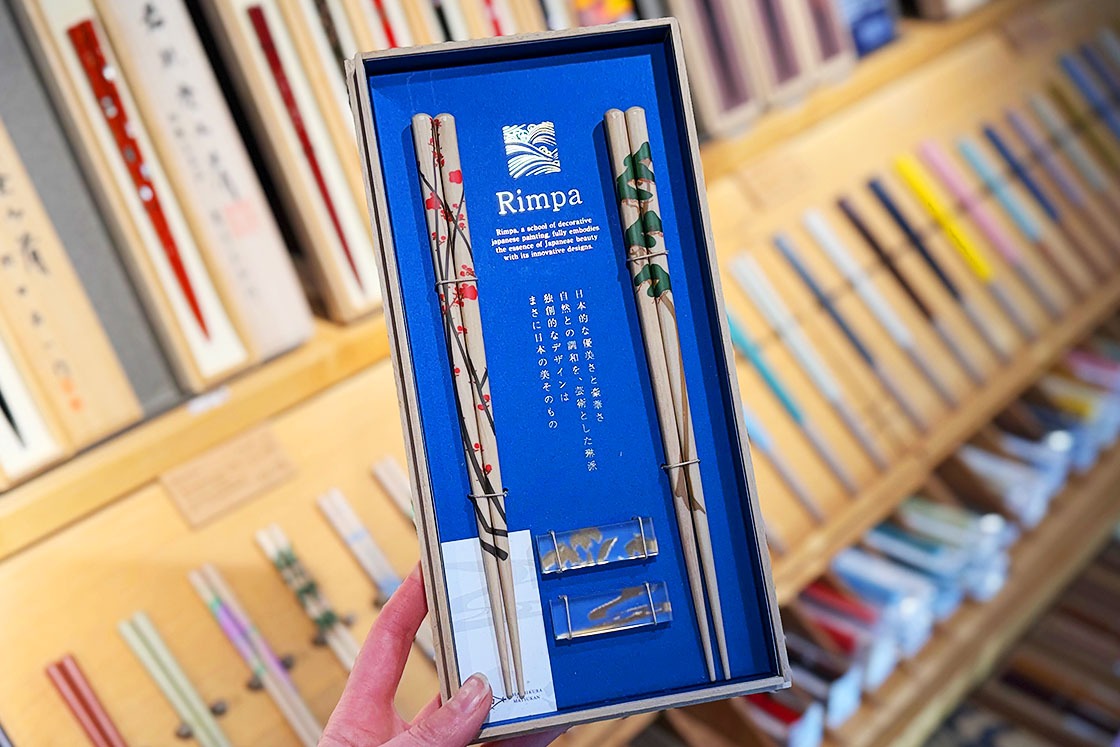
At the end of the day, I headed to my Machiya Stay accommodation. Similar to GOSHOEN, this was another renovated traditional building, but this time, it was a former Japanese confectionery shop.
Inside were all sorts of traditional features, like the old cabinets, structures, and even the smoke-stained walls from years of sweet making. But it was all renewed with modern comforts, like a television, soft and comfy beds, and cozy electric heating in every room. I was happy to find an electric kettle and a green tea bag in the tatami room, but there was also a stove-top kettle in the well-equipped kitchen, which had ample plates, cutlery, and cooking equipment, too.
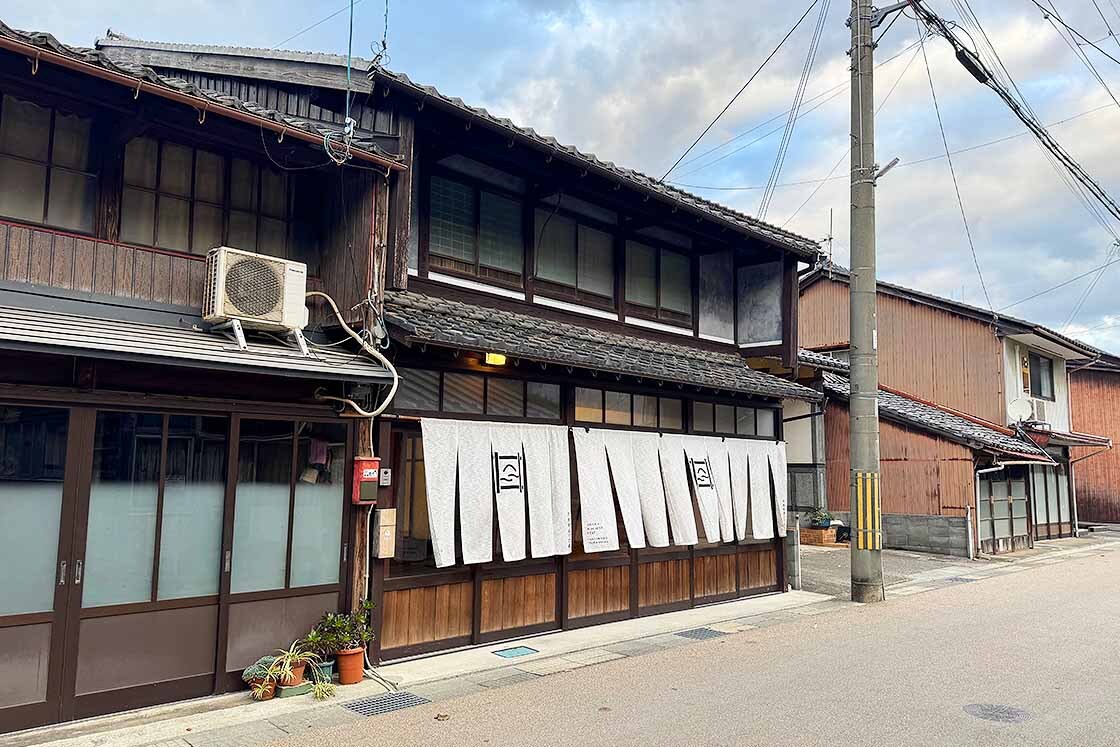
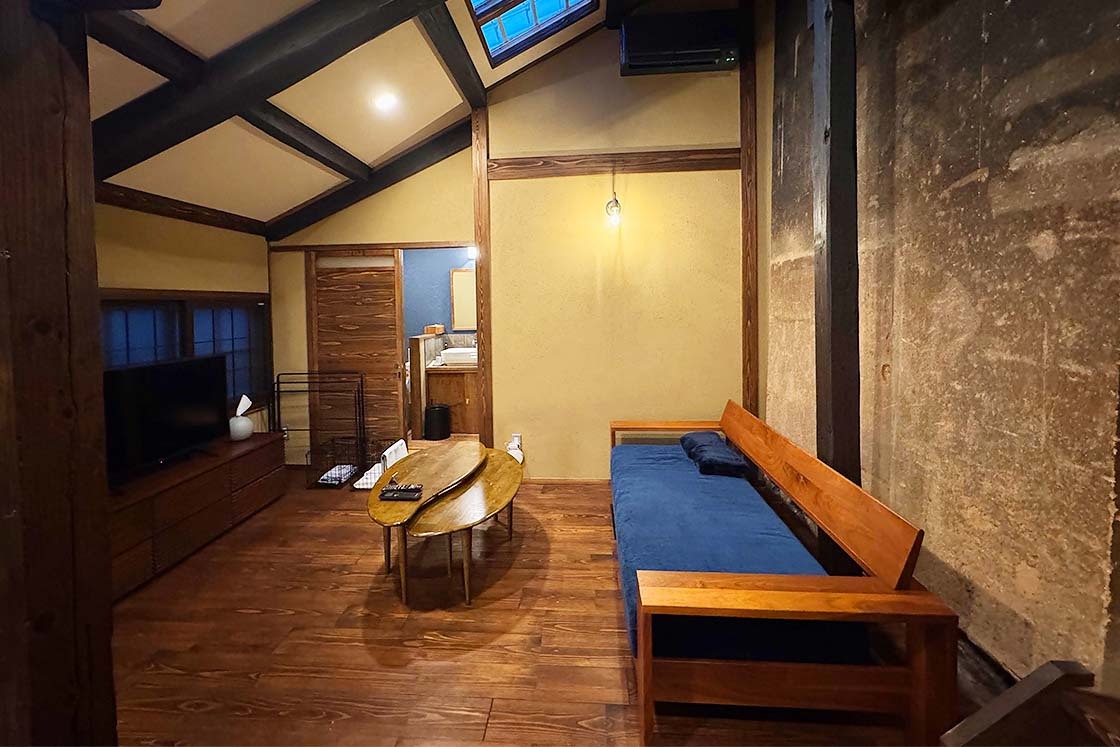
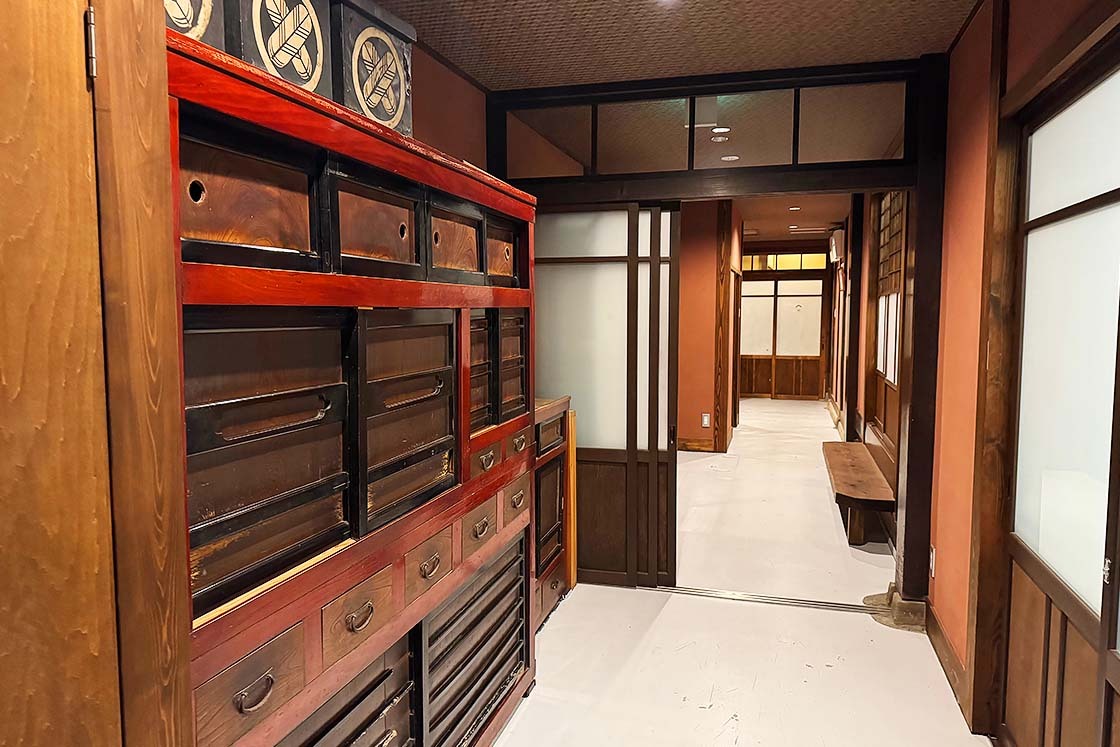
Before calling it a night, I went for a stroll around the nearby neighborhood of Obamakatori. The neighborhood is separated into smaller quarters, with a temple with history going back as far as the year 731. The neighborhood has lots of preserved traditional buildings, but no tourist crowds, making it a peaceful and atmospheric evening walk.
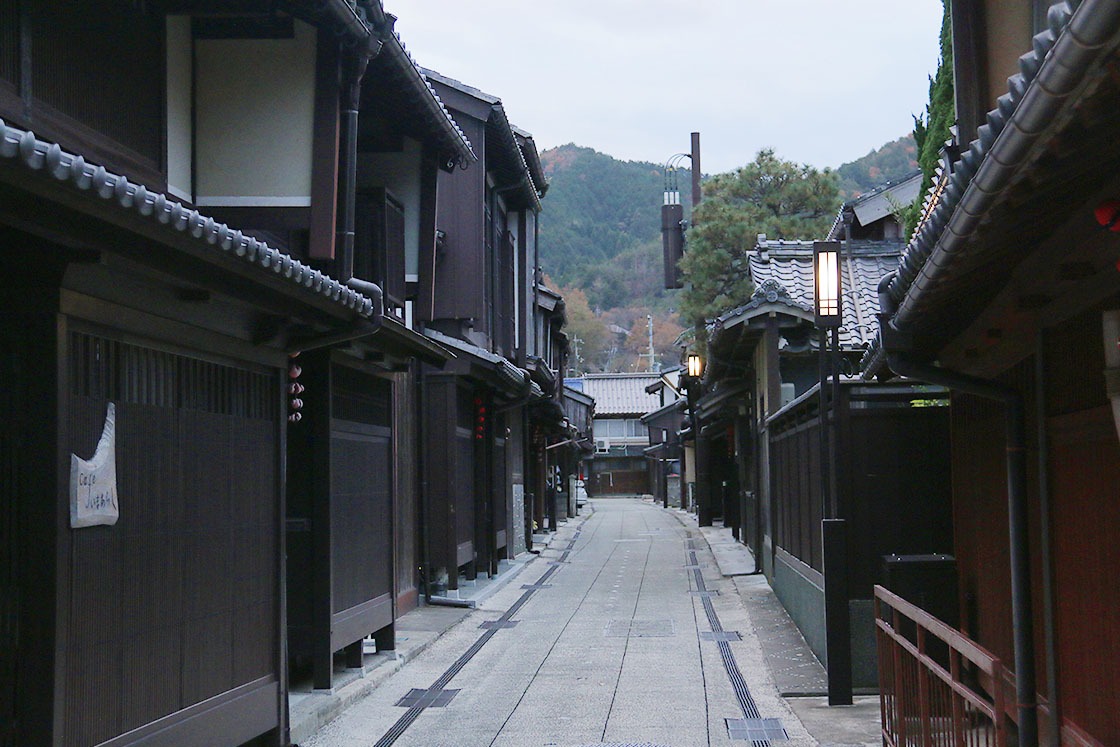
Then I headed back to my machiya and set up the automatically-filling bath to relax and then got some good rest for my next day on the Saba Kaido trail itself.
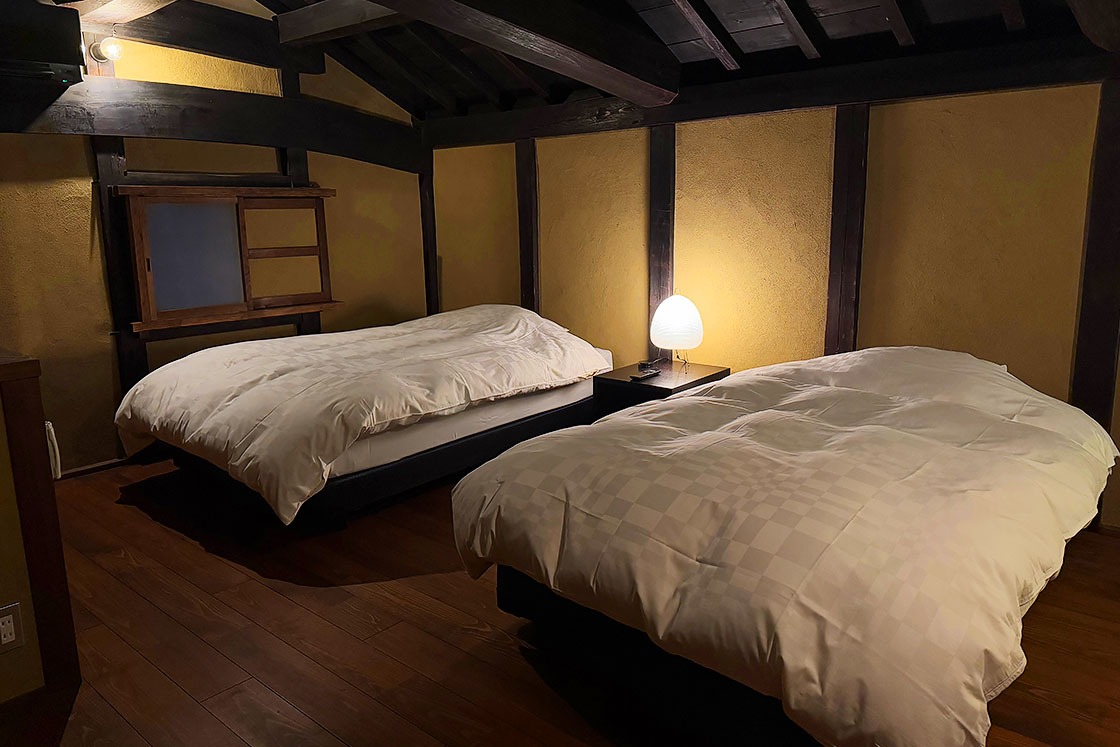
Day 2: Hiking on the Saba Kaido
For day two, knowing I was going to hike along the trail itself, I wanted to get some food in me first, so I visited a bakery in Obama.
Boulangerie Cocoro is an atmospheric bakery set in a former Japanese confectionery shop from the Meiji Period (1868 - 1912), just across the road from Hachiman Shrine. While the building itself has some beautiful preserved elements of its past, now instead of traditional sweets, it serves a variety of French and Japanese baked goods.
Their signature item is their buttery croissant, made specially with French flour and fermented butter. They also have hot drinks, so I readied myself for the day with a warming tea.
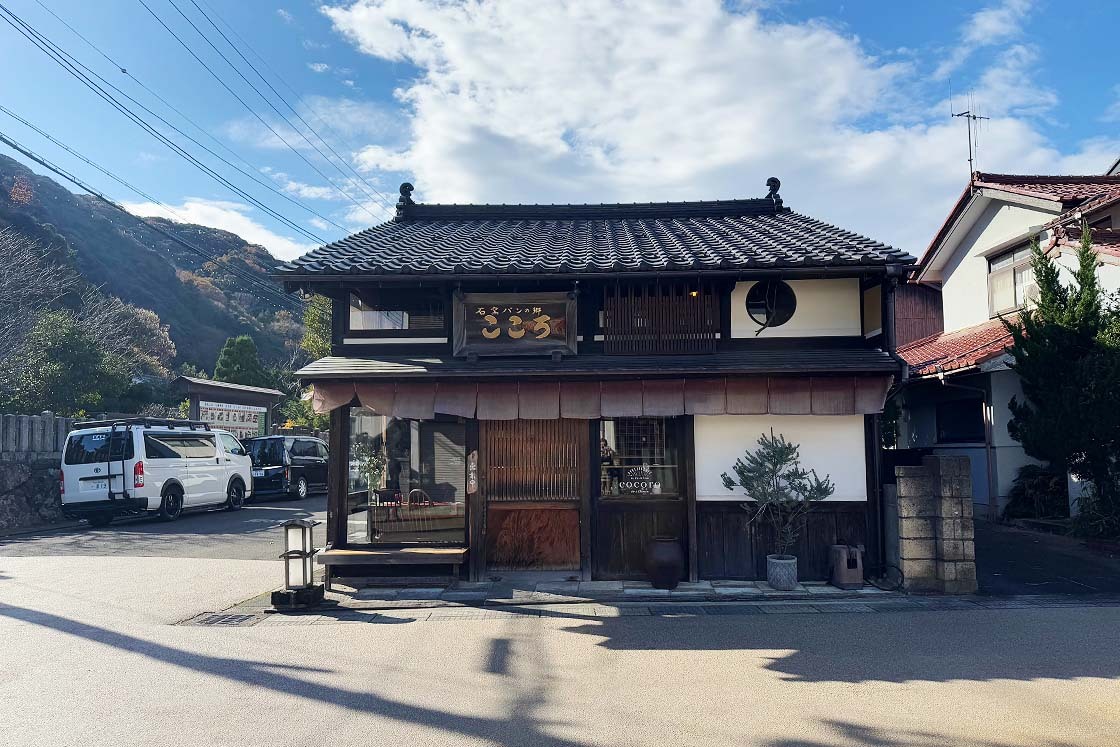
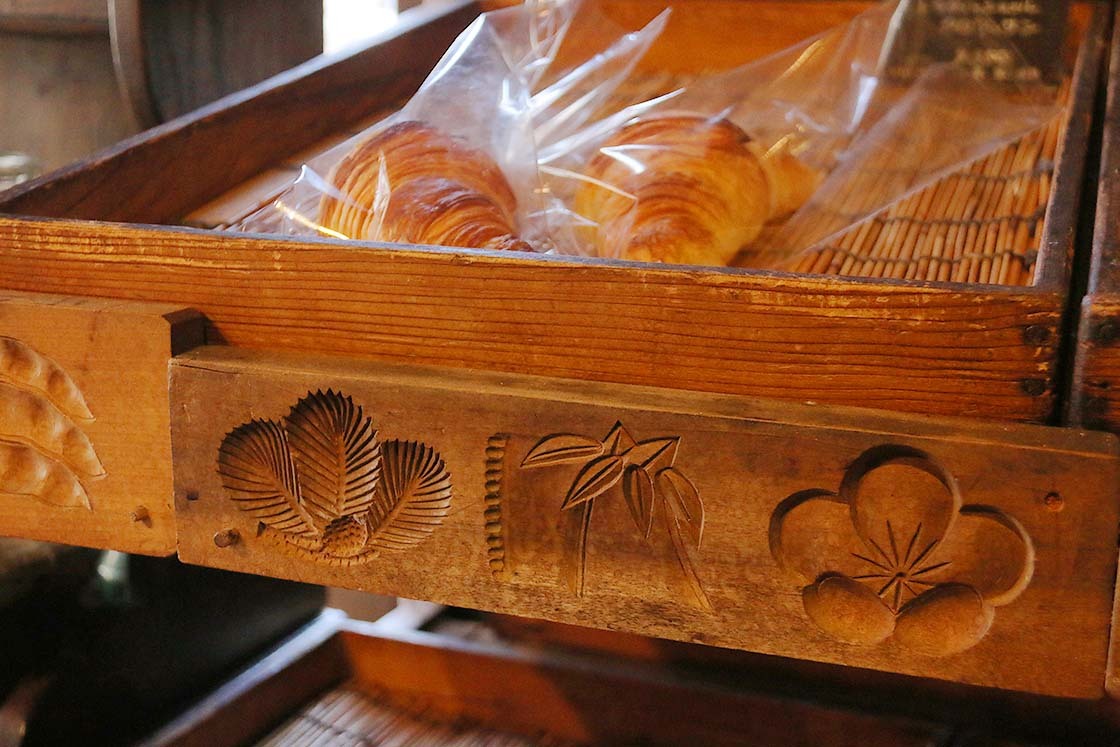
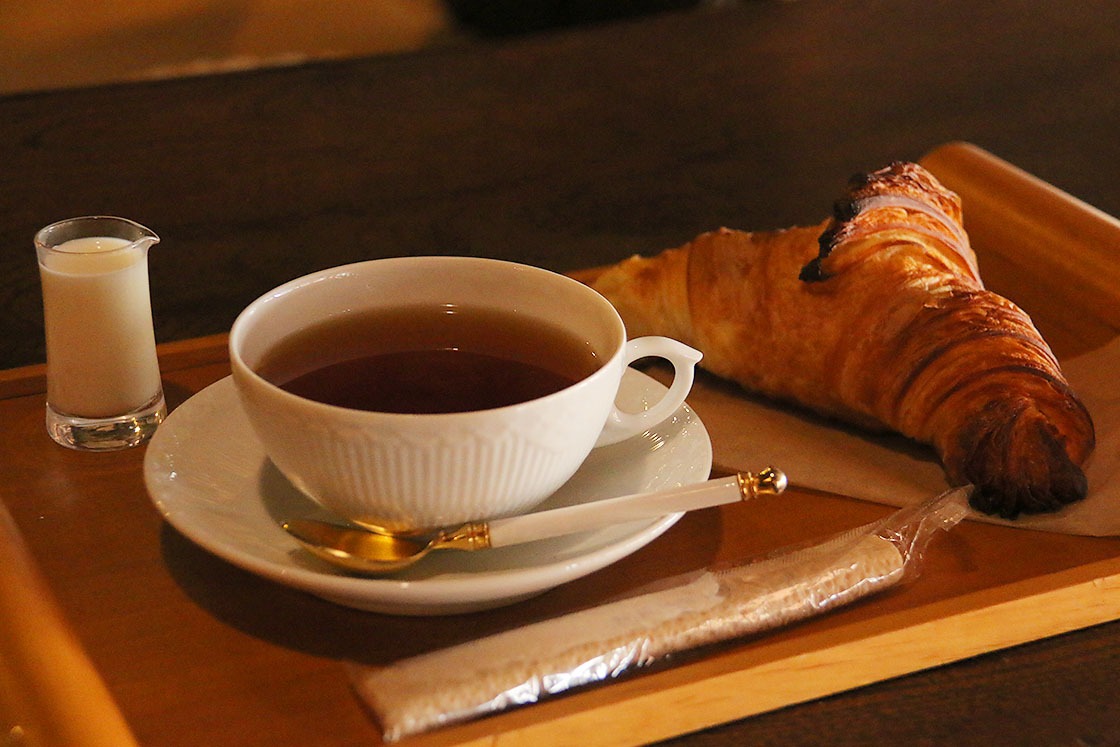
Prepared for my exploration, I set off to immerse myself in the history and culture surrounding the Saba Kaido before the hike.
On my way to the trailhead, I visited a few historic temples and shrines. My first stop was Mantokuji Temple. This historic temple moved to its current location at the start of the Edo Period (1603-1868) and is surrounded by around 200 maple trees, which were at their peak colors on my early December visit.
Further along the way to the trailhead was Jinguji Temple, which has a rare combination of both Shinto and Buddhist elements to it, and is the site of the Omizuokuri ceremony. The ceremony involves purifying natural spring water at the temple, before symbolically sending it to Todaiji Temple in Nara, where the water is used in the much more famous Omizutori ceremony held annually in March since ancient times.
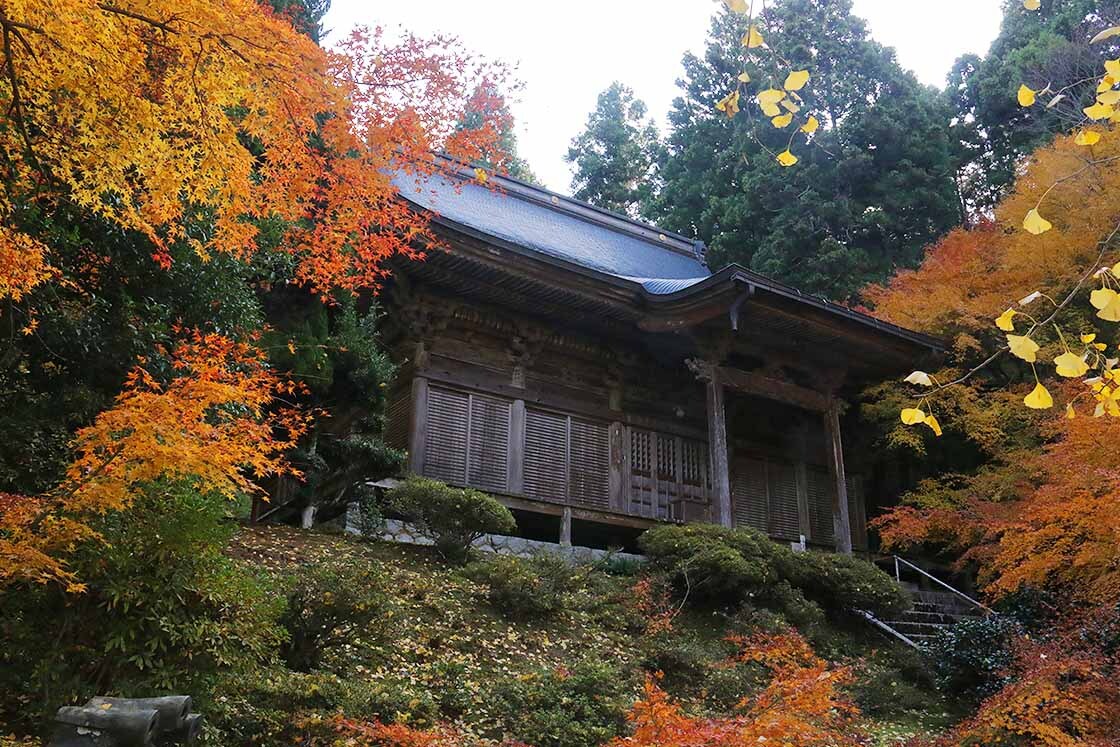
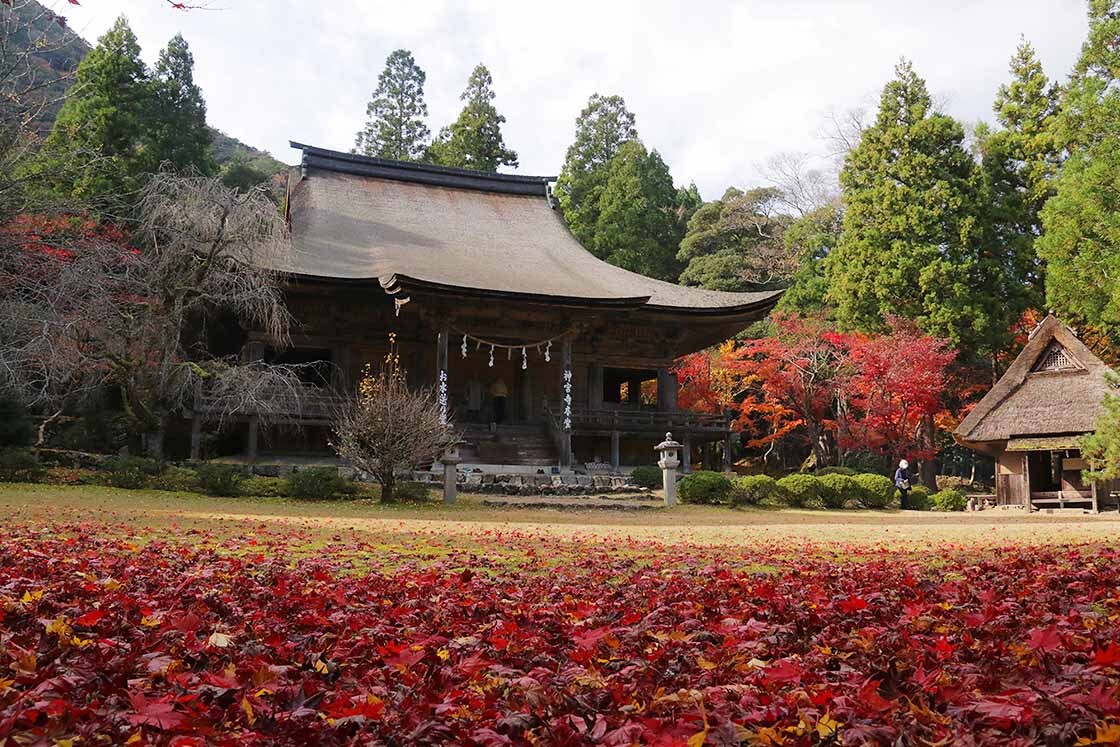
On the road to the trailhead, I also passed by an abandoned village. While the village was once close to the thriving trade route, it slowly fell out of relevance with modernization, resulting in its residents moving to what is now central Obama. The buildings remain, creating a strangely atmospheric spot, and there is one small rest stop for visitors still in operation outside of winter.
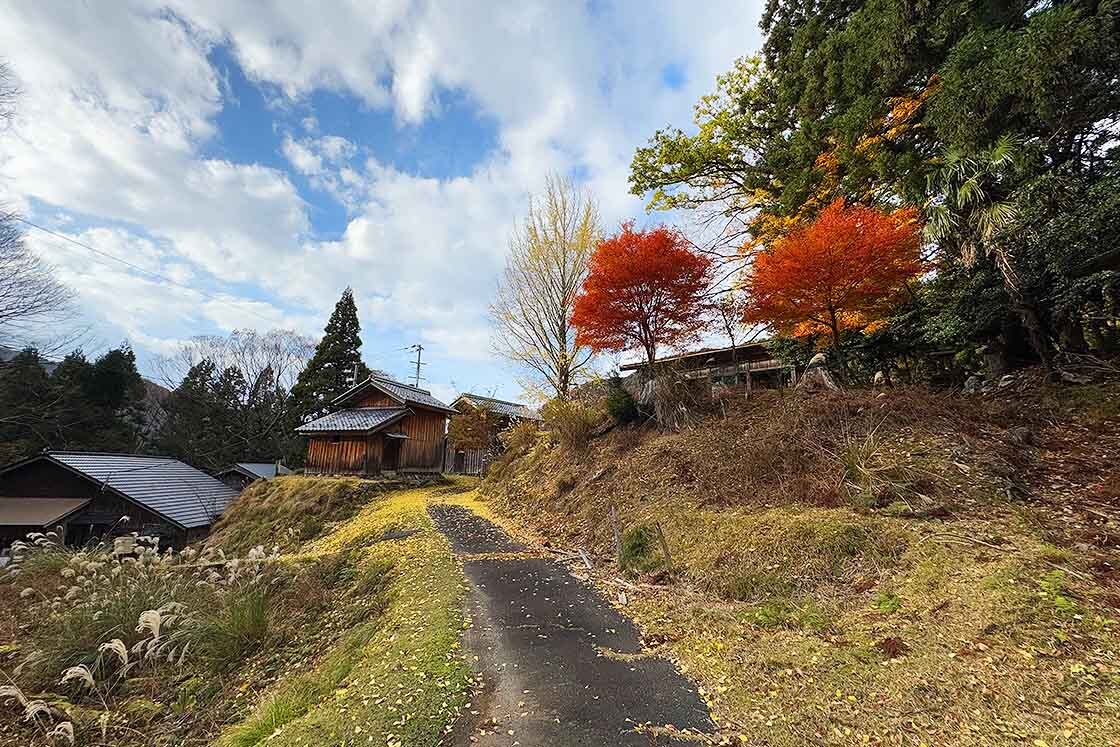
Then I made my way to the Saba Kaido Entrance (Google Maps). It is worth noting that the trailhead is a bit difficult to reach, and on my trip I went by taxi, which takes around 30 minutes from Obama Station. You can also rent a car, or cycling would take 1-2 hours.
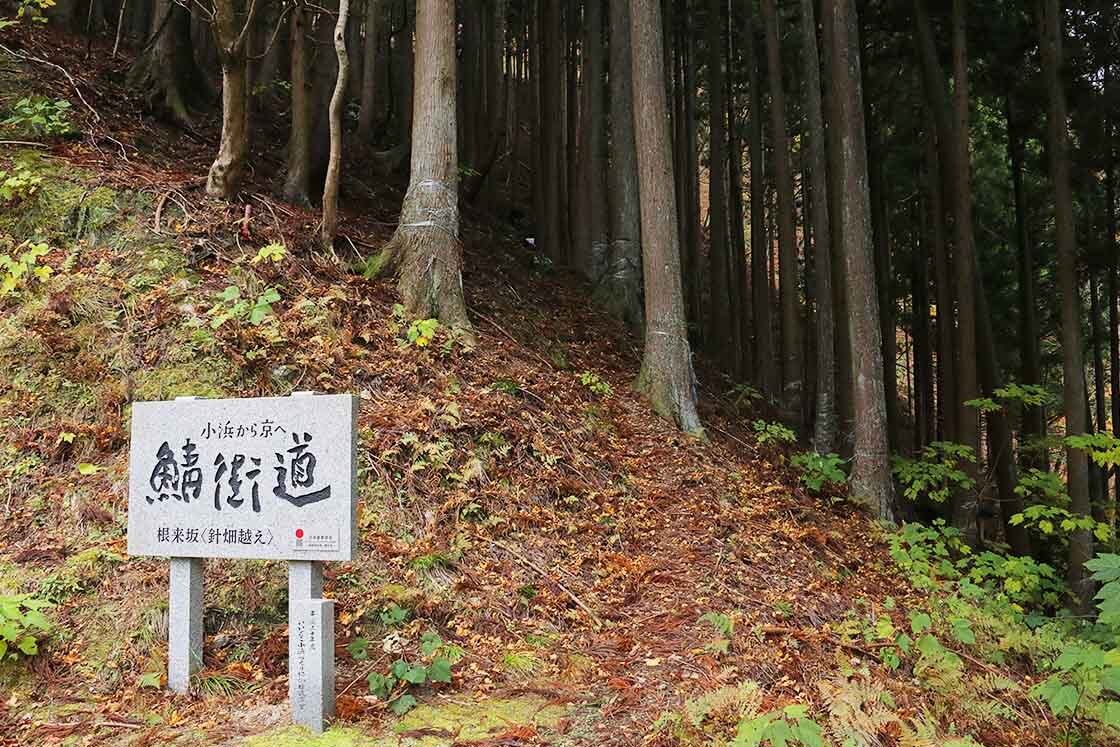
There are multiple trails that make up the Saba Kaido, and this time I went on the Harihatagoe Trail, said to be one of the toughest but most well-preserved. It was also the shortest route, making it the most popular. In its heyday, travelers would take salted and preserved mackerel, or "saba", across the mountain trails, lending it the name Saba Kaido.
The beginning of the trail is very steep, and not well-trodden, so blends in somewhat with the leafy scenery.
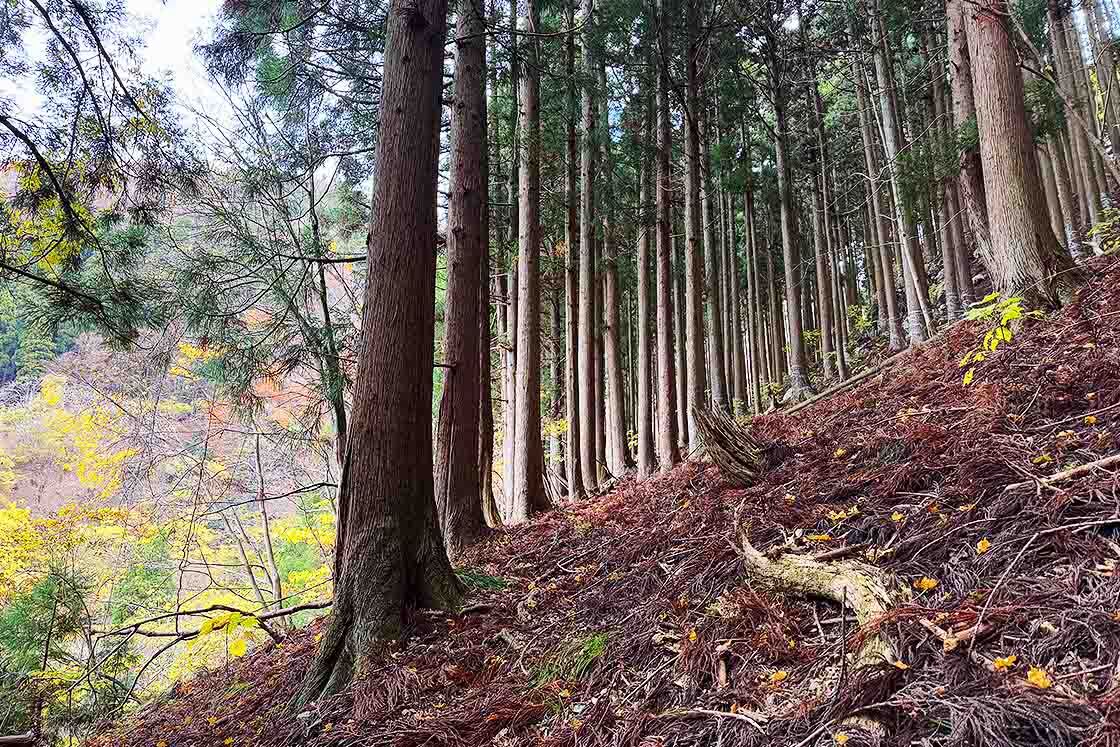
Very different from some of the popular hiking routes near Tokyo, for example, the route had no people on it at all when I visited. It was a very peaceful experience, close to nature. Of course, that means ample hiking supplies are also essential!
Among the stunning mountaintop scenes and woodland trails, the first break in the scenery was a large rock called Gozaiwa. The rock is said to be an important spot regarding a tale of the deity Wakasahiko and his elder brother.
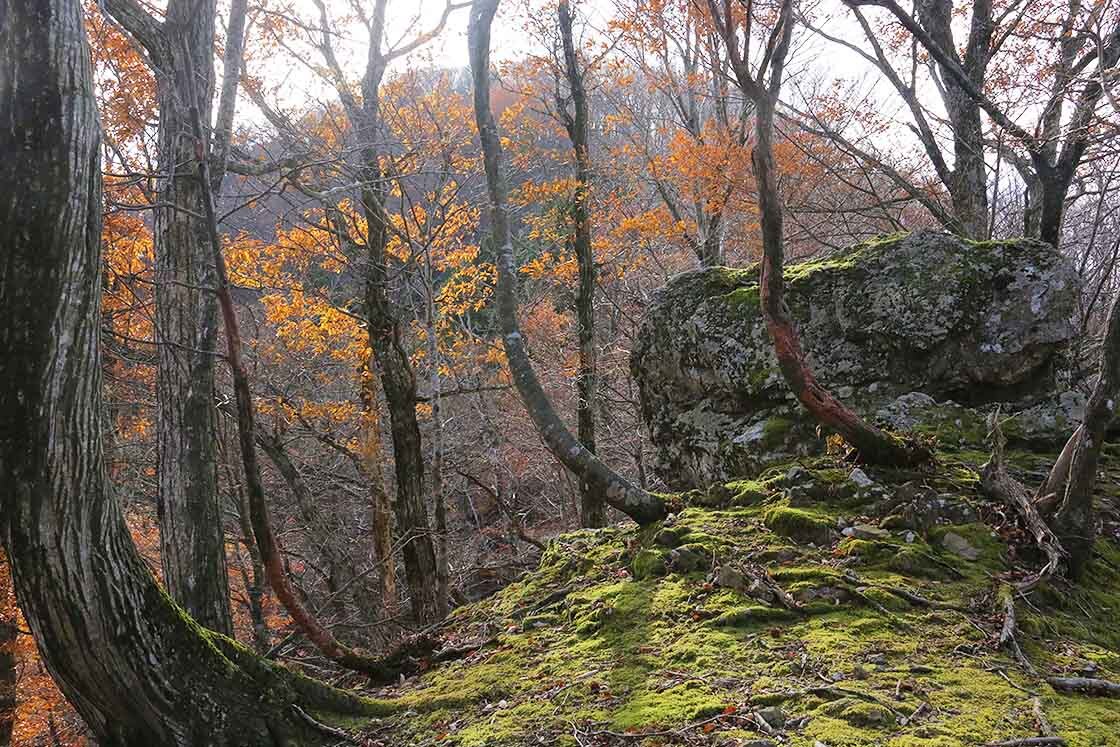
After Gozaiwa, the trail merged with the mountain road for a moment, where there was a break in the trees and I got a lovely view of the mountain scenery far and wide. I walked further to see the next entrance point marked by a Saba Kaido sign, and entered back in amongst the trees.
Not far from the road was Ike no Jizo. This is a small statue of a type of Bodhisattva that watches over travelers. Next to it is a simple well that collects groundwater, which was created in 1760 for use by travelers and still holds water year-round.
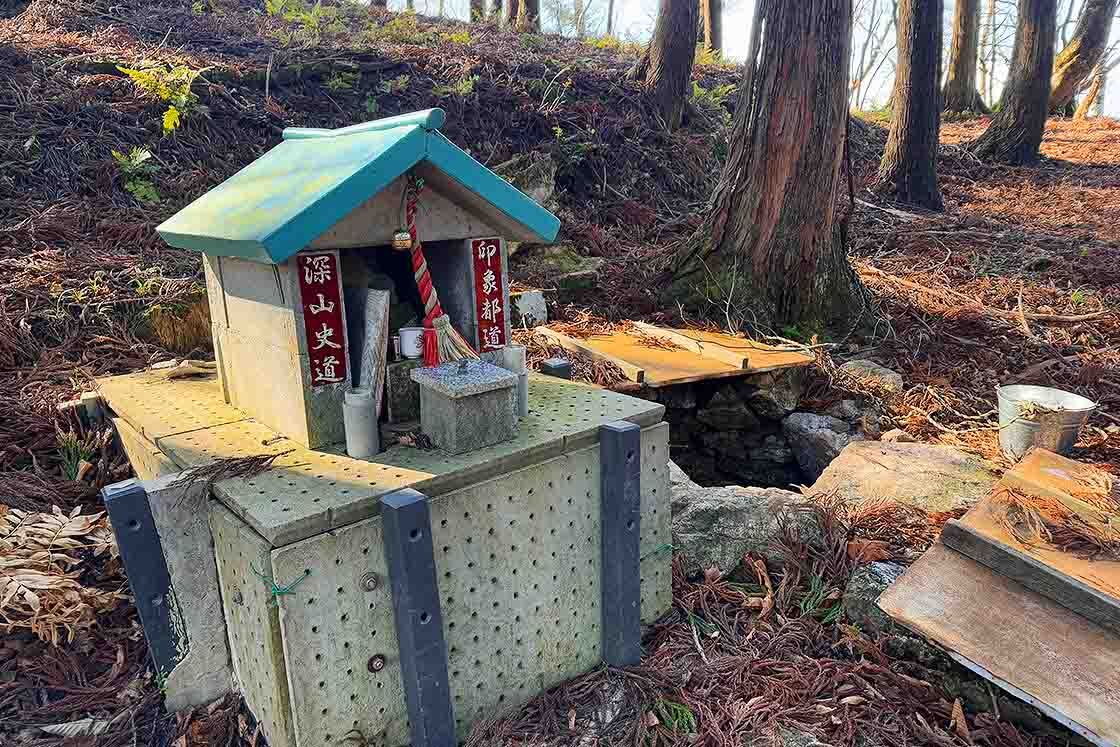
I hiked a bit further on, exiting off the woodland trail and back onto the road to the beautiful Onyu Pass, the last scenic point still within Fukui Prefecture. It's hard to imagine carrying salted fish on my back on the mountainous Saba Kaido Trail, but having walked it myself, I feel a little closer to the area's history now, and I hope you do too.
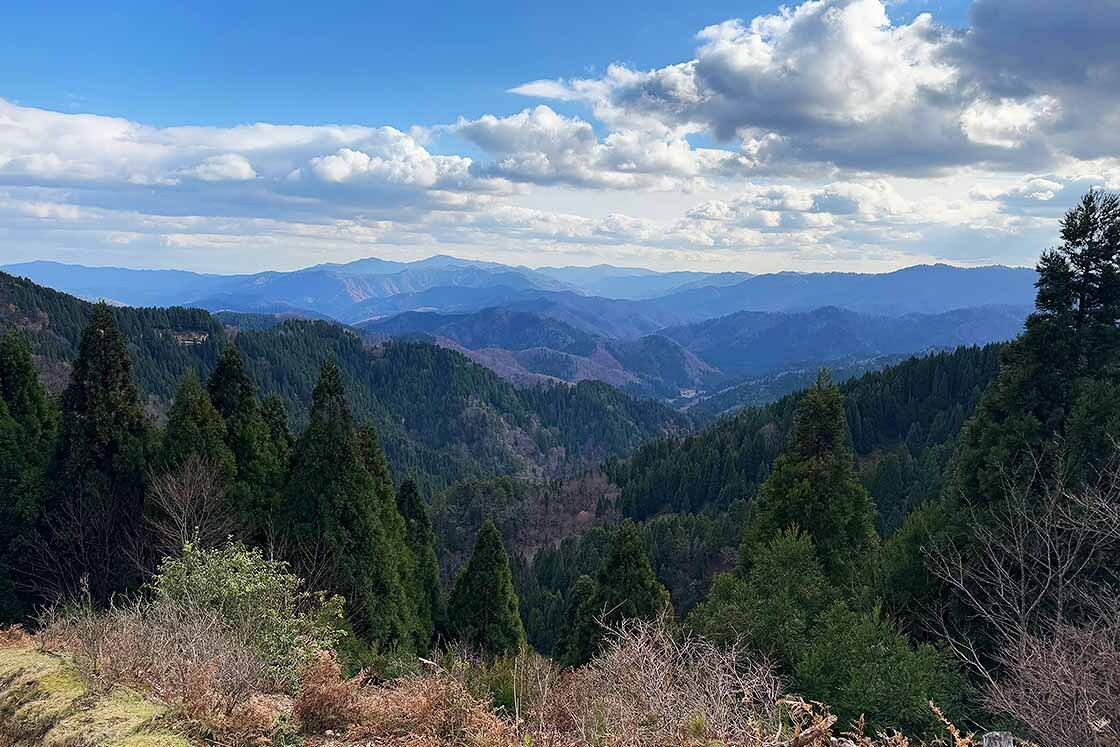
Access
How to get to and around Obama
Obama Station is the main point of access for the places visited in this article. The fastest route is to board a train from Kyoto to Omi-Imazu Station, then get a direct bus to Obama Station (around 2 hours, 2,340 yen one way). Osaka Station also provides direct access to Omi-Imazu Station and the bus to Obama (around 2.5 hours, 3,330 yen one way).
From Tokyo Station, the fastest route is to take the shinkansen to Kyoto Station (2 hours 12 minutes, 15,300 yen for one way with a reserved seat) and then follow the above.
Exploring Central Obama
As central Obama is relatively compact, with each of the mentioned Day 1 locations 1-3 kilometers apart, the easiest way to explore is by bike.
The Obama Tourist Information Center is located across the road from Obama Station, and has rental electric bicycles for up to 8.5 hours, from 300 - 1,600 yen.
Obama Station to the Saba Kaido Harihatagoe trailhead
The Harihatagoe trailhead is 15 kilometers from Obama Station, so it is best to go by taxi or to rent a car. It takes around 30 minutes to reach the trailhead.
There is a Toyota Rent-A-Car branch a 3-minute walk from Obama Station.
There is a taxi stand right in front of Obama Station.
It is also possible to cycle from Obama Station, however, note that there are no cross bikes or mountain bikes for rent in the area, so you will need to bring your own or rent elsewhere.
